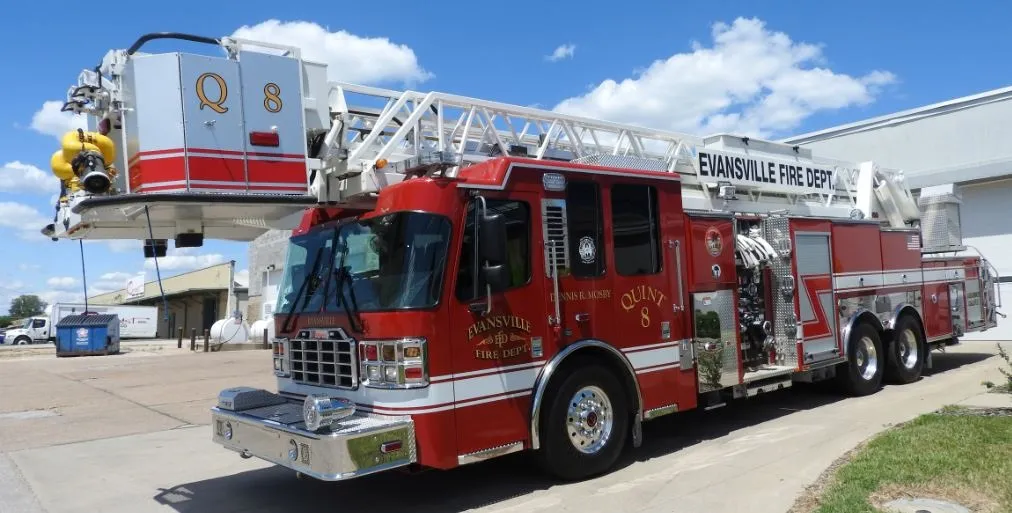ATX Group has announced it will provide turnkey network solutions to Hyundai Motor America as the telematics services developer and integrator for its new Blue Link connected vehicle programme using cellular service from Aeris Communications. a leading cellular carrier to the connected vehicle marketplace in North America. Hyundai announced the Blue Link telematics programme last week and it will launch on all future Hyundai models in the US beginning this spring on the Sonata.
May 17, 2012
Read time: 2 mins
ATX utilises Aeris' enhanced system selection, claimed to be the first product of its kind within the telematics industry. Enhanced system selection uses overlapping cellular networks to provide redundant data paths to vehicles, ensuring the most reliable connectivity possible. In addition, ATX will use the Aeris AerFrame Web interface to monitor and confirm connections and communications between ATX's recently enhanced next-generation telematics platform and the vehicle, efficiently integrating control of the wireless service to the vehicle and billing systems, as well as providing service protocols optimised to take advantage of the network's unique features.
"Aeris has enabled ATX to provide a 'one-stop-shop' solution in all aspects of service for Blue Link, including the planning, implementation and delivery of wireless account management services for the programme," said James Dawson, ATX's director of Customer Solutions. "This solution has been gaining market traction and everything has gone extremely well with this first joint launch."










